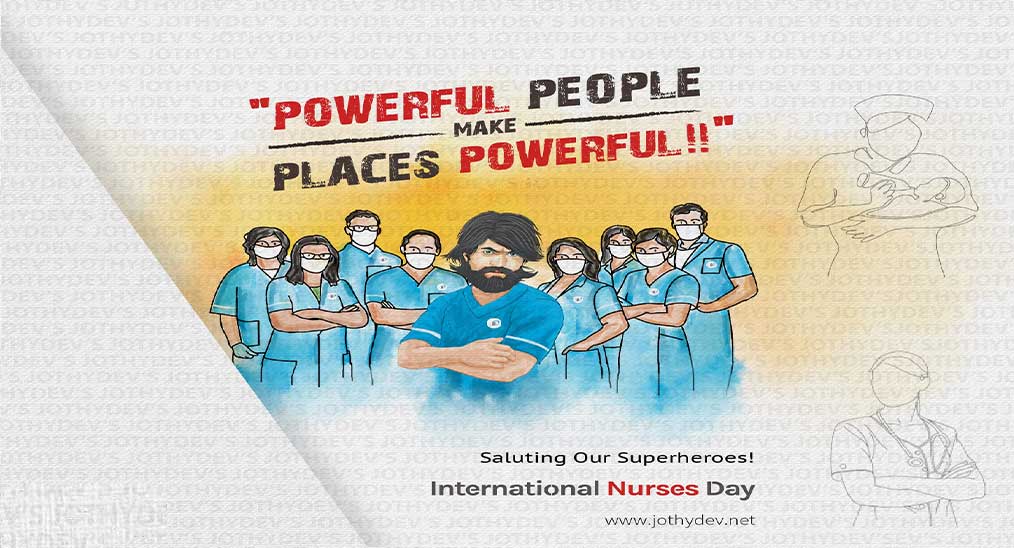2. Will physical activity influence Time-in-range?

This article which analyzes the influence of physical activity as an independent parameter on time-in-range (TIR) was presented by Dr.Jothydev Kesavadev at the 15th Advanced Technologies & Treatments for Diabetes Conference 2022 held in Spain. A large subset of patients with diabetes assumes that physical activity alone can bring glycemic control irrespective of the stage of diabetes. During Covid, there was an increased emphasis on physical activity in people with diabetes (PWD). People with uncontrolled diabetes were avoiding physical visits to hospitals due to the fear of contracting the disease. In this scenario, the multidisciplinary team at Jothydev’s Diabetes Research Centre analyzed the effect of physical activity on glycemic control as measured by continuous glucose monitoring (CGM) in terms of TIR.
Electronic medical records (EMR) of T2D patients who performed CGM at least once from March 2021 - June 2021 after the lockdown period were analyzed and extracted data on exercise (type, frequency and duration of exercise), BMI and TIR. Out of 603 T2D, 332 (those who performed at least one kind of physical activity) were categorised into the study group (SG) and 271 (those without any physical activity) into the control group (CG).
TIR was compared between SG and CG using analysis of the covariance model with TIR as the dependent variable, treatment as a fixed effect and BMI as a cofactor. There was no significant difference (p=0.7305) in TIR between the groups. When taken together, 16.3% achieved a TIR >70% and 6.5% achieved a TIR >90% irrespective of physical activity. The study concluded that physical activity alone as an independent parameter may not have a significant role in improving TIR. The findings emphasize the fact that physical activity should be combined with medical nutrition therapy and therapeutic interventions for better optimal outcomes in the management of diabetes.
For enquiries info@jothydev.net.
Please visit: jothydev.net | research.jothydev.com | diabscreenkerala.net | jothydev.com/newsletter




